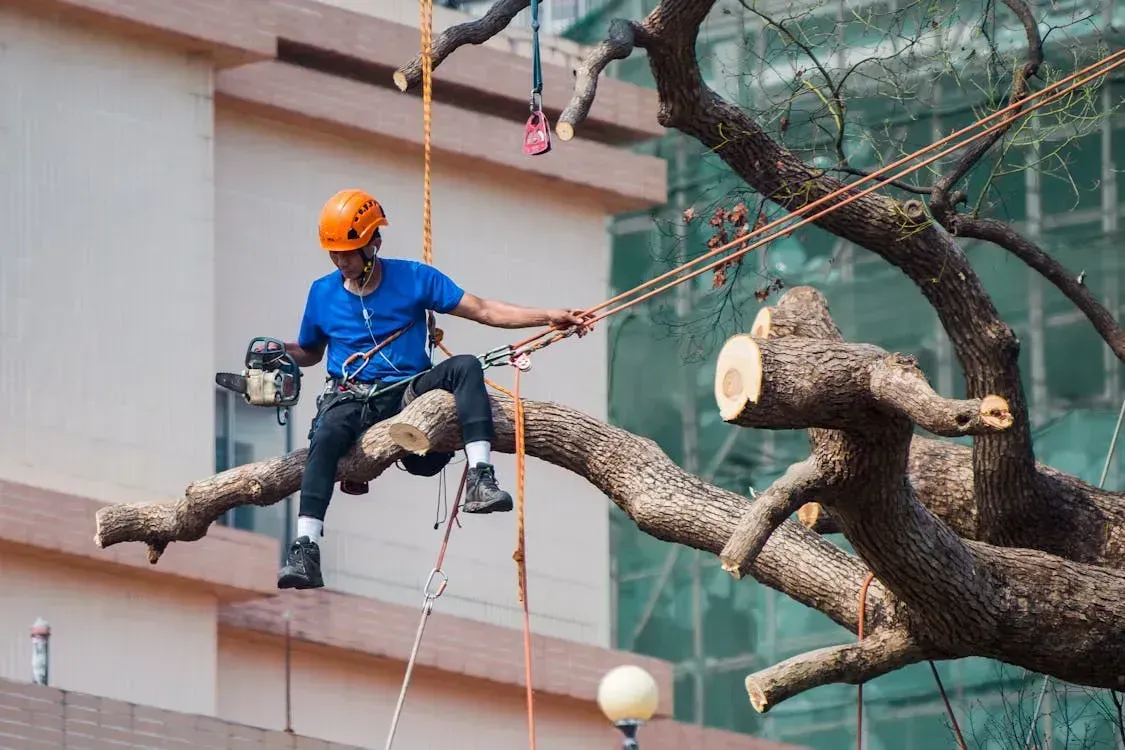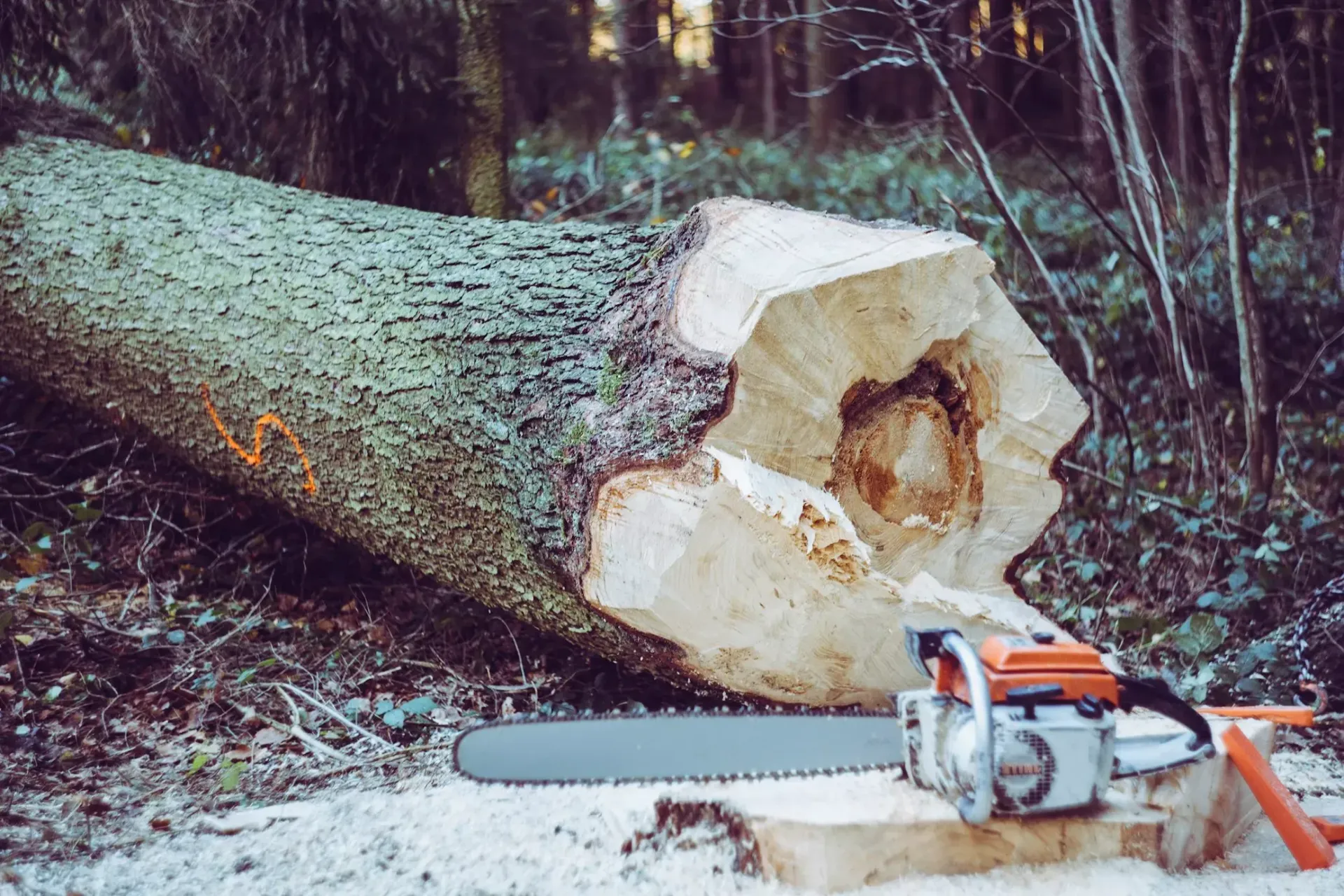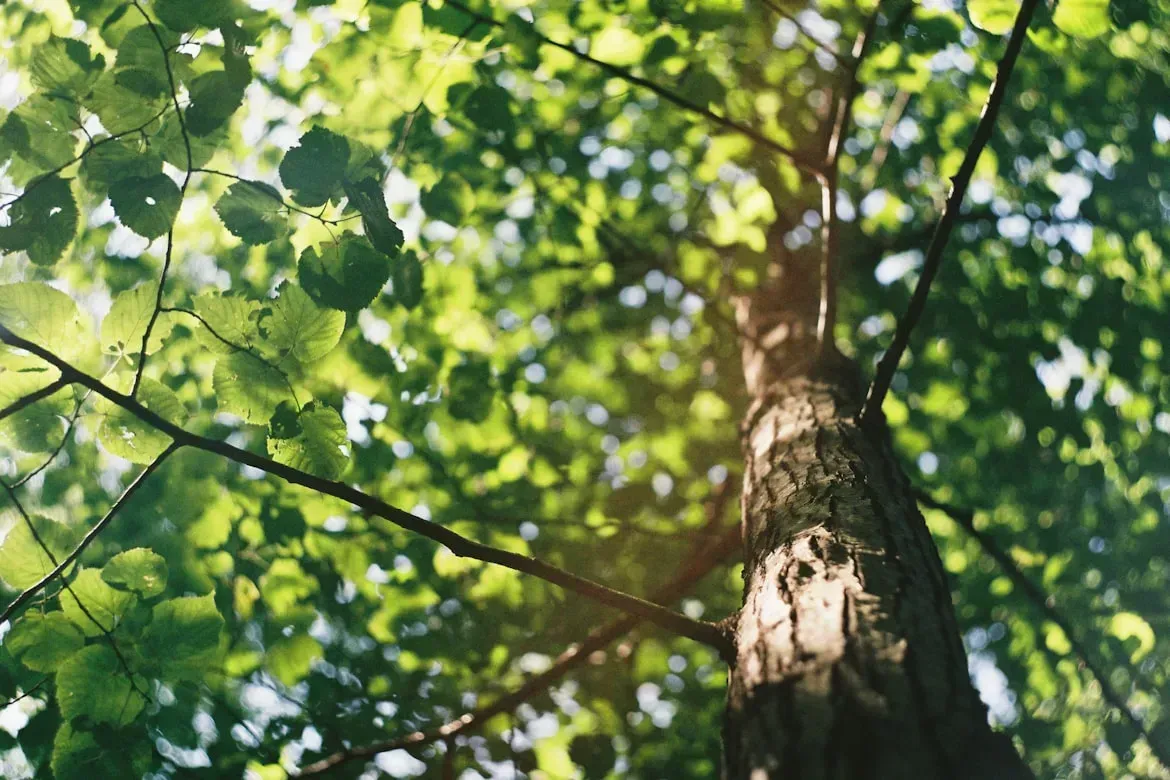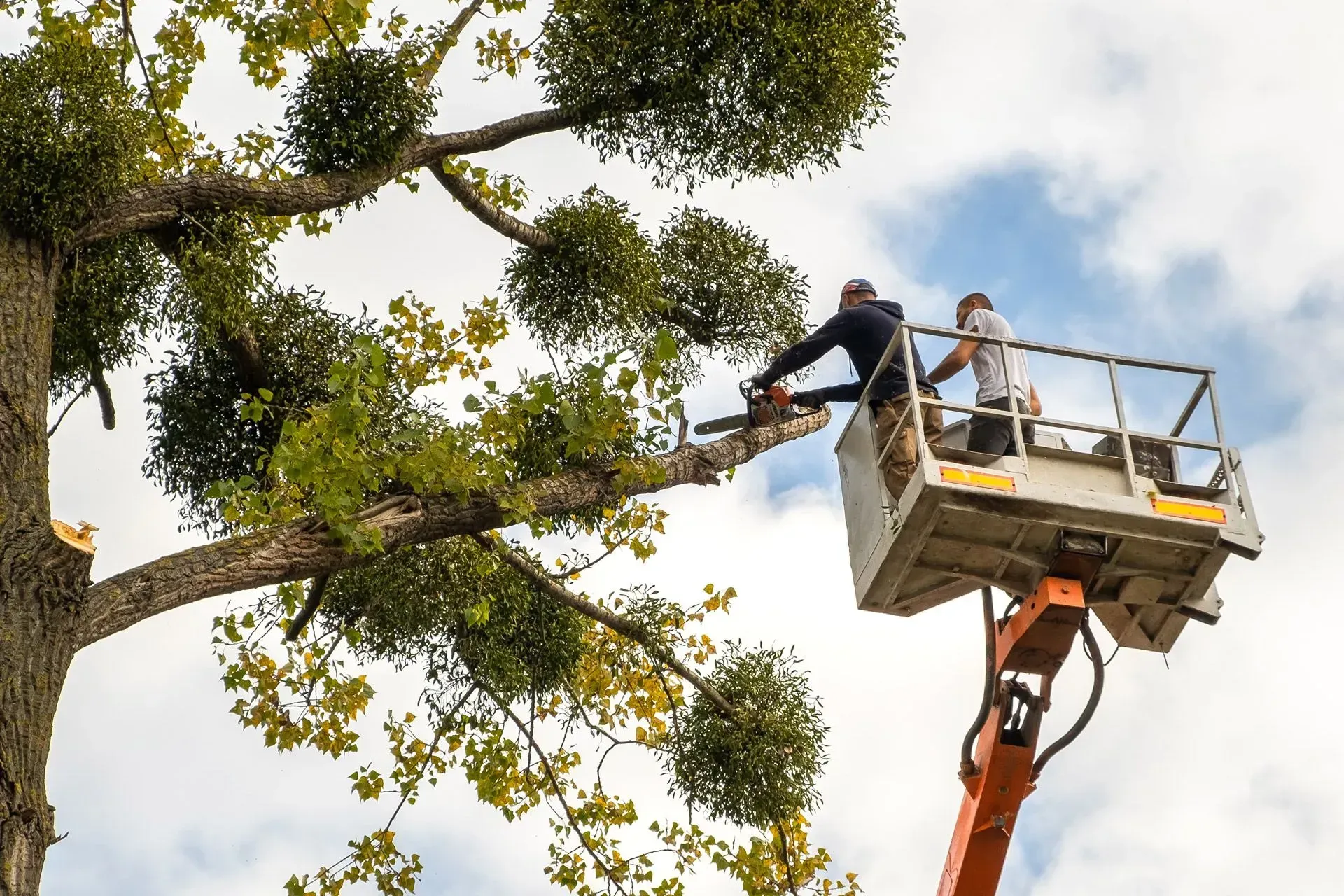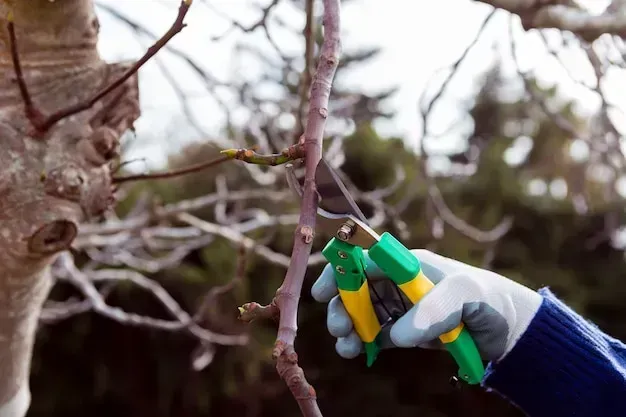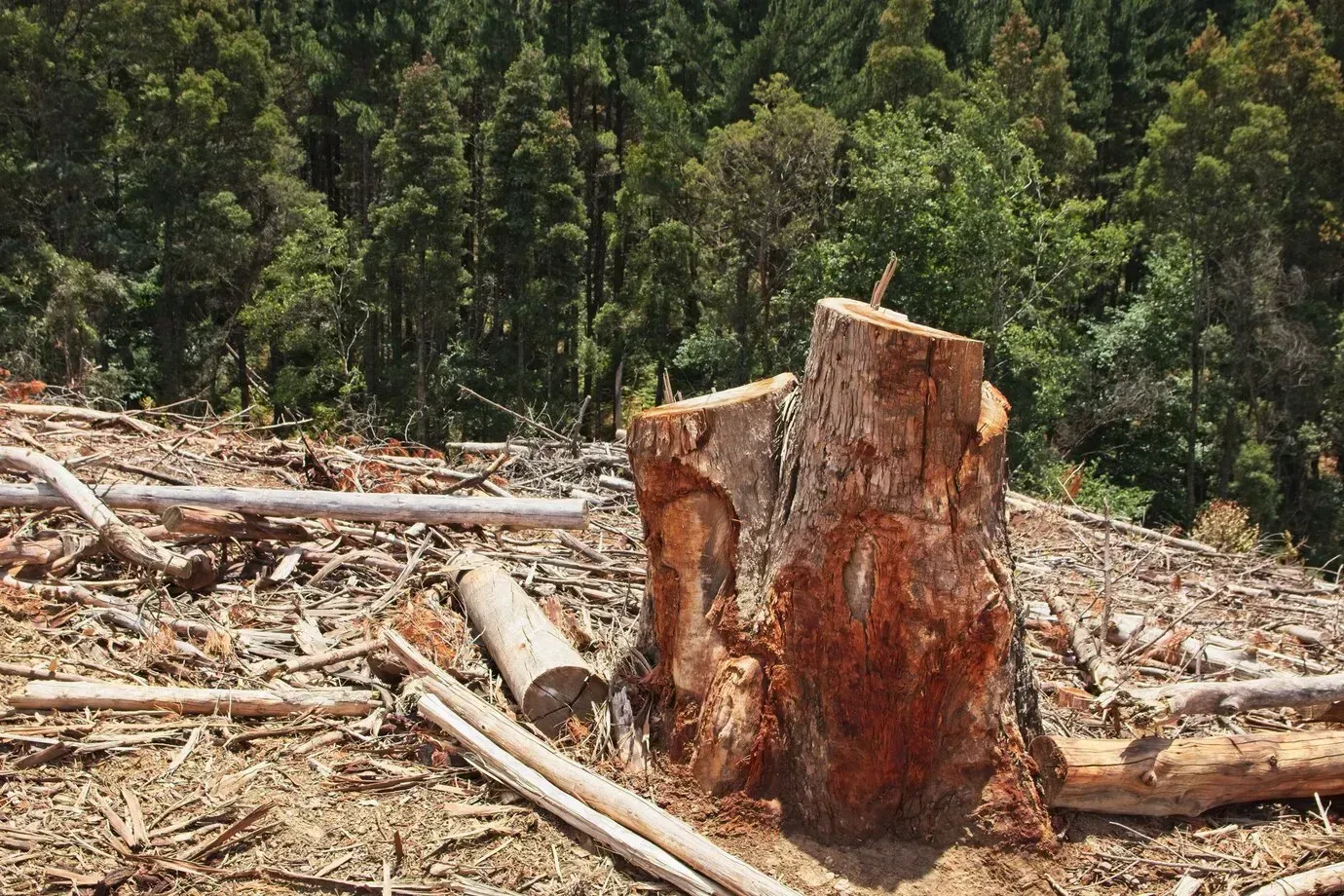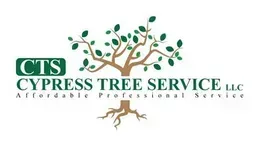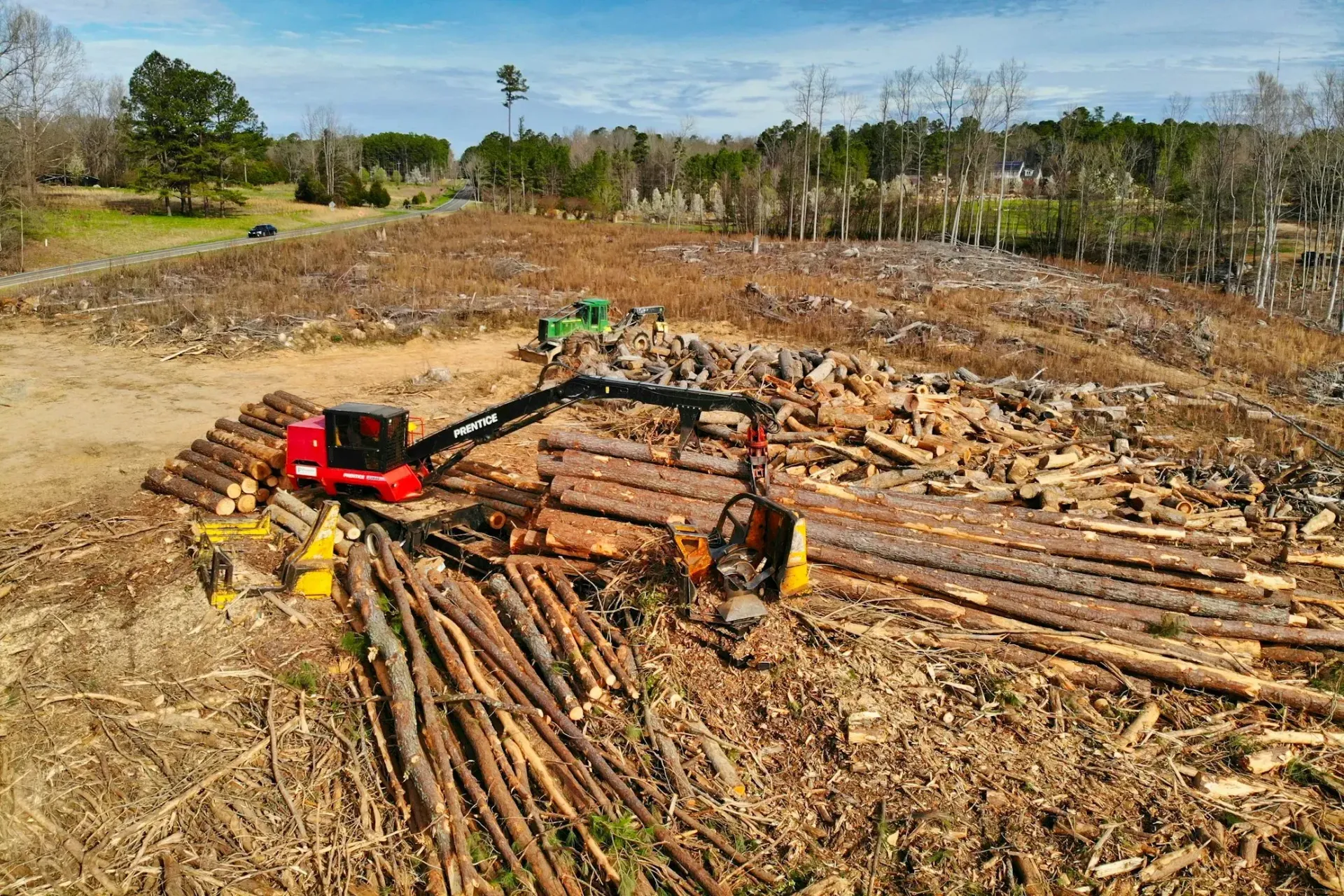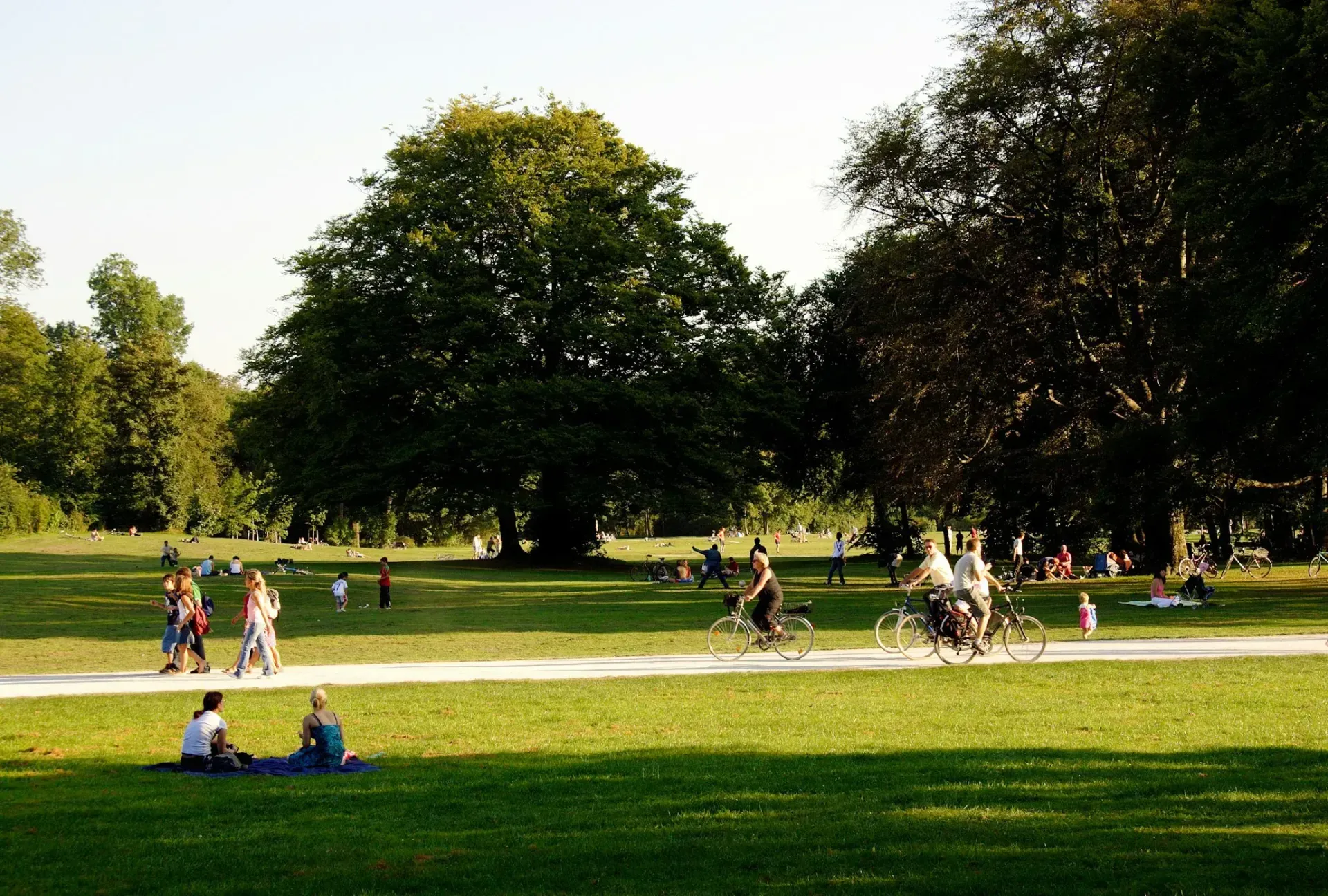Tree Removal Costs in New Jersey
Wondering about the cost to remove a tree New Jersey? It can range significantly, with factors like tree type, tree size, species, and location playing a major role. Getting a tree removed isn't a one-size-fits-all deal; costs can vary widely. Now, let's make this easier to navigate.
Encountering a massive tree threatening to tumble onto your property can be daunting. Where do you even start? The key is understanding what drives the cost. From towering oaks to sprawling pines, every tree has its price tag. And don't forget local laws—permits are often a must-have in NJ. But worry not; we're here to break it down for you, simplifying what might seem like a complex process.
This guide promises to not only unpack the mysteries behind tree removal costs but also to offer insights into how you can manage these expenses better. We'll explore everything from average costs to remove a tree and critical cost factors to pro tips for navigating local regulations. Stick around for a comprehensive look at making tree removal in New Jersey as smooth and stress-free as possible.
Average Cost of Tree Removal
In New Jersey, the price of tree removal can feel like a puzzle. Prices swing from the more affordable side of around $538 to climbing into the thousands for larger specimens. What gives? It's all about the details. The height of the tree and its girth are the primary cost drivers, but that's just the beginning of the story. From the leafy suburbs to coastal retreats, each tree's final bill reflects its unique challenges.
But don't let the numbers scare you. While it may seem like calculating the cost requires a degree in mathematics, it's more about understanding the basics. Tree size matters immensely. A small, easily accessible tree will always be on the lower end of the cost spectrum, whereas a towering giant in a tricky spot can significantly bump up the price.
So, what can you expect to shell out? For a straightforward job, think in the ballpark of a few hundred dollars. However, for those mammoth tasks, don't be surprised if the quote reaches or exceeds a grand. And remember, these are ballpark figures. The real magic number comes from a professional assessment.
Factors Influencing Tree Removal Cost
When it comes to prices, the devil is in the details. Here's what tilts the cost scale:
- Tree Size and Height: This one's straightforward – the taller the tree, the steeper the cost. A modest 20-footer might just nick your wallet, but a 60-foot giant? That's going to demand a bigger financial commitment. It's all about the effort and risk involved in bringing it down safely.
- Tree Species: Not all trees are created equal. Some, like the sturdy oak tree, are tougher to tackle, thanks to their robust wood. Others, like pines, might reach sky-high but are generally less complicated to remove. Each species brings its own price tag, reflecting the labor and technique required.
- Condition of the Tree: A healthy tree full of life is harder to dismantle than one that's dead tree. The latter can be a safety hazard, potentially simplifying the removal process but also necessitating urgent action. Meanwhile, a tree's health or lack thereof influences both the approach and the cost.
- Location and Accessibility: Got a tree snugly sandwiched between your house and the neighbor's? That's going to require some finesse (and probably a crane) to remove without a scratch. Easy access equals lower costs, while tricky spots can drive up the price.
- Local Regulations and Permits: New Jersey loves its paperwork. Depending on where you live, you might need a permit to remove the tree, which can add to the overall cost. The rules vary by municipality, so it's worth doing your homework before you start.
Understanding these factors can help you gauge the potential costs. It's a mix of science, strategy, and sometimes, a bit of bureaucracy.
Cost Calculation Examples
Let's put the pieces together with some hypothetical scenarios to demonstrate how different factors might influence the final cost of tree removal in New Jersey:
- Scenario 1: The Suburban Spruce: Imagine a 30-foot spruce snug in a spacious backyard in a suburban area, with no obstacles like power lines or close buildings. Removal might be straightforward, with costs hovering around the lower end of the spectrum. Here, size and accessibility work in your favor, keeping the price down.
- Scenario 2: The Urban Oak Challenge: Picture a towering 50-foot oak tree, its branches entangled with power lines, and its roots threatening the sidewalk in a crowded urban setting. The complexity of safely navigating the removal without damaging the surrounding infrastructure can significantly increase the cost. Special equipment, extra precautions, and possibly permits could push the price towards the higher end.
- Scenario 3: The Backyard Behemoth: Consider a massive, 80-foot pine tree located at the back of a property, accessible only through a narrow side yard. Its size alone requires heavy machinery and a team of professionals for a safe takedown. Add the limited access into the mix, and the cost climbs, reflecting the additional labor and time required to manage such a challenging situation.
These examples showcase how varying conditions and tree characteristics play a crucial role in determining the cost of tree removal. Each scenario requires a tailored approach, with the removal price adjusted accordingly to reflect the complexity and resources needed.
Additional Considerations
When planning for tree removal in New Jersey, there's more to think about beyond just the size and location of the tree. Here are some additional considerations to keep in mind:
- Local Regulations and Permits: Navigating the legal landscape is crucial. In many parts of New Jersey, you can't just decide to remove a tree without checking with local authorities first. Permits are often required, especially for larger trees or those in conservation areas. Failing to secure the necessary permits can lead to fines, so it's worth the effort to check in with your municipality before proceeding.
- Service Inclusions: When you receive a quote from a tree removal service, make sure you understand exactly what's included. Does the price cover just the cutting down of the tree, or does it also include stump removal and clearing away the debris? Clarifying these details upfront can save you from unexpected costs later on.
- Timing and Emergency Services: If you're not in a rush, you might be able to schedule the removal during the service's off-peak times, potentially lowering the cost. However, if you need emergency tree removal due to storm damage or immediate safety concerns, be prepared for higher fees due to the urgency and increased risk involved.
By keeping these factors in mind, you can better plan your budget and avoid surprises during the tree removal process.
Frequently Asked Questions
Is stump removal included in the tree removal cost?
Typically, stump removal is considered a separate service. While some companies may offer a package deal, it's important to clarify this point. Stump grinding and removal require different equipment and can vary in cost.
How do I know if I need a permit to remove a tree in my New Jersey municipality?
The best approach is to contact your local municipal office directly. Permit requirements can vary widely from one area to another, and it's crucial to ensure you're compliant to avoid fines.
Can I negotiate the cost of tree removal services?
Prices can sometimes be negotiable, especially for larger projects or when you're hiring the service during their less busy seasons. It never hurts to ask for a better rate or if there are any discounts available.
What precautions should I take if the tree is near power lines?
For safety reasons, tree removal near power lines should always be handled by professionals. They'll coordinate with utility companies if necessary to ensure the removal is conducted safely. Never attempt to remove such trees on your own.
Conclusion
Navigating tree removal in New Jersey doesn't have to be complicated. Armed with knowledge on the factors affecting costs and the necessary steps for a successful removal, you're well-prepared to tackle your project. Remember, whether it's a simple trim or a full-scale removal, every tree is unique, and so are its challenges and solutions.
Looking for a reliable tree service in Sparta, Newton, Andover, Hopatcong, or Jefferson?
Cypress Tree Service is your go-to expert. From precision tree removal and trimming to stump grinding, lot clearing, and more, we've got you covered. Our skilled team is equipped for crane-assisted removals, storm damage cleanup, and brush removal, ensuring your property is safe and looking its best.
Ready to transform your landscape or tackle that problematic tree?
Contact Cypress Tree Service today. Let's discuss how we can meet your tree care needs with professionalism and efficiency.
